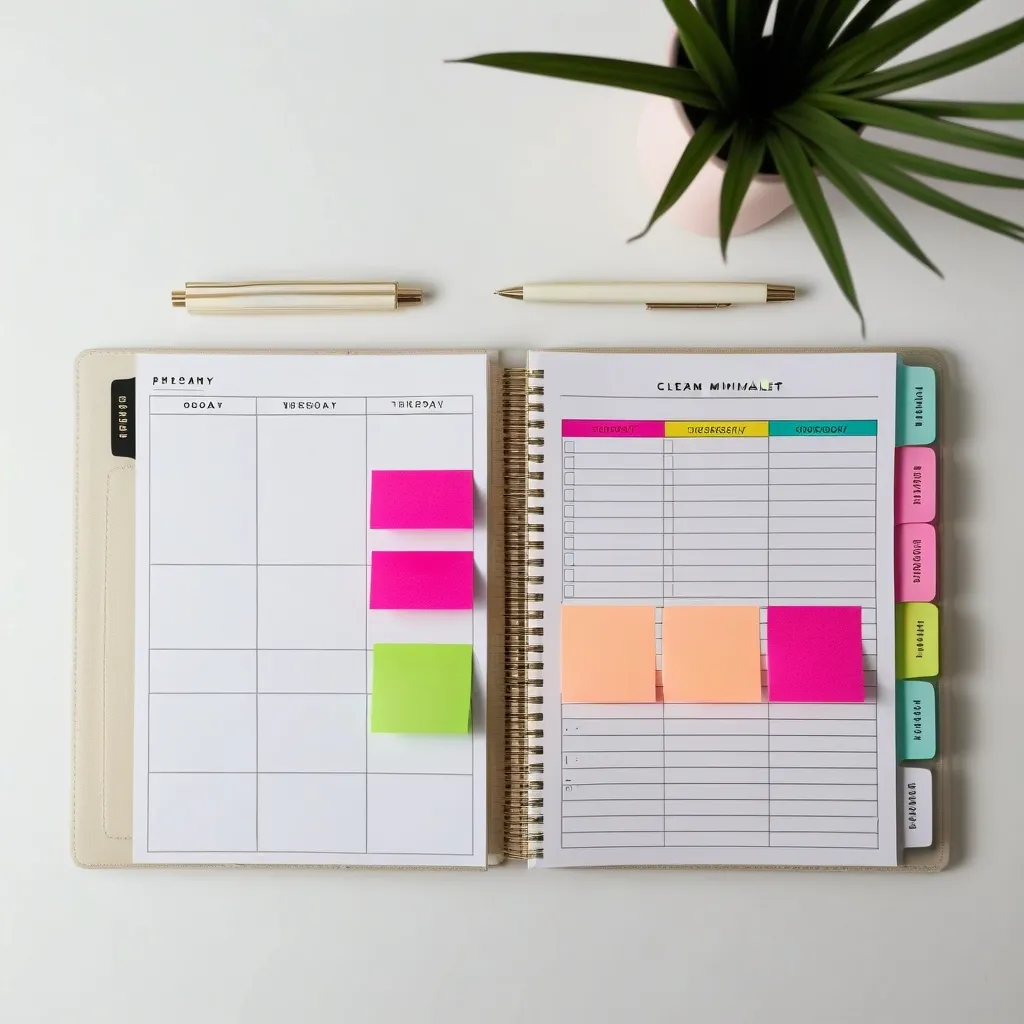Crushing Deadlines: The Power of Single-Task Streamlining
In our fast-paced world, meeting deadlines can feel like a never-ending battle. Whether you’re a student cramming for exams, an employee juggling multiple projects, or an entrepreneur trying to launch your next big idea, the pressure to deliver on time is constant. But what if there was a way to not just meet your deadlines, but crush them? Enter the Single-Task Streamlining method.
This powerful technique is all about simplifying your workflow and boosting your efficiency. It’s not rocket science, but it does require a shift in how you approach your tasks. Let’s dive into how you can make this method work for you.
First things first, let’s talk about focus. We’ve all been there - trying to write an email while on a phone call, or scrolling through social media while supposedly working on a report. Multitasking might seem like a great way to get more done, but it’s actually killing your productivity. The human brain isn’t wired to handle multiple complex tasks simultaneously. When you try to do too much at once, you end up doing everything poorly.
So, what’s the solution? Simple. Focus on one task at a time. It might sound counterintuitive, but by giving your full attention to a single task, you’ll actually get more done in less time. Plus, you’ll make fewer mistakes and feel less stressed. It’s a win-win!
Now, I know what you’re thinking. “But I have so much to do! How can I possibly focus on just one thing?” This is where time-blocking comes in handy. Time-blocking is like creating a schedule for your day, but instead of just listing tasks, you assign specific time slots to each one.
For example, you might block out 9:00-10:00 AM for answering emails, 10:00-11:30 AM for working on your main project, and so on. The key is to be realistic about how long tasks will take and to leave some buffer time for unexpected interruptions. Because let’s face it, life happens, and your perfectly planned schedule can go out the window in an instant.
Speaking of unexpected interruptions, one of the best ways to deal with them is to build in buffer time for every task. A good rule of thumb is to add about 25% to your estimated time for each task. So if you think something will take an hour, give yourself 75 minutes. This extra time can be a lifesaver when things don’t go according to plan.
Now, let’s talk about those big, scary projects that seem impossible to tackle. You know the ones - they loom over you, making you want to procrastinate until the very last minute. The secret to conquering these monsters? Break them down into smaller, more manageable parts.
Let’s say you have a massive research paper due. Instead of thinking of it as one huge task, break it down into smaller goals. Research one section at a time, then move on to outlining, drafting, proofreading, and editing. Suddenly, that insurmountable project doesn’t seem so daunting anymore.
Another great trick for staying on top of your tasks is to visualize them. This doesn’t mean you need to be an artist (stick figures work just fine). The idea is to create a visual representation of your project timeline. This could be as simple as a to-do list or as complex as a Gantt chart.
Visualizing your tasks gives you a bird’s eye view of your project. You can see at a glance what needs to be done and when. It’s like having a roadmap for your work. Plus, there’s something incredibly satisfying about crossing items off a list or coloring in completed sections of a chart.
Now, here’s something that might surprise you: one of the biggest productivity killers isn’t laziness or lack of skill. It’s confusion. When people aren’t sure what they’re supposed to be doing, they tend to procrastinate. That’s why it’s crucial to encourage questions and clarifications.
If you’re working with a team, make it clear that no question is too silly. If you’re working solo, don’t be afraid to reach out to clients or supervisors for clarification. The time you spend getting clear on what needs to be done will save you hours of wasted effort in the long run.
In today’s digital age, there’s no shortage of tools to help boost your productivity. From project management software to time-tracking apps, these tools can be game-changers when it comes to meeting deadlines.
One of my personal favorites is the Pomodoro technique. This method involves working in 25-minute bursts, followed by a 5-minute break. It might sound simple, but it’s incredibly effective. The short work periods keep you focused, while the breaks prevent burnout.
For team projects, tools like Trello or Asana can be lifesavers. They provide a central platform for communication and task management, making it easy to keep everyone on the same page.
Now, let’s talk about one of the most powerful ways to save time and reduce stress: automation. We all have those repetitive tasks that eat up our time and energy. Maybe it’s sending the same type of email over and over, or manually inputting data into a spreadsheet.
Whatever these tasks are for you, chances are there’s a way to automate them. This could be as simple as creating email templates or as complex as implementing a CRM system. The time you save by automating these routine tasks can be redirected to more important work.
Along the same lines, standardizing your processes can be a huge time-saver. This is especially true for tasks you do regularly, like customer onboarding or invoicing. By creating templates and standard operating procedures, you ensure consistency and efficiency in your work.
Communication is another crucial factor in meeting deadlines, especially when you’re working with a team. Clear, efficient communication can prevent misunderstandings and keep projects on track. Tools like integrated calendars and centralized communication platforms can help ensure everyone is on the same page.
Finally, one of the most important aspects of the Single-Task Streamlining method is flexibility. No matter how well you plan, things will sometimes go off course. Being open to changes and willing to adjust your approach can mean the difference between meeting a deadline and missing it by a mile.
So, how do you put all of this into practice? Start by planning your day. Use time-blocking to schedule your tasks, and don’t forget to include buffer time. Focus on one task at a time, using tools like the Pomodoro technique to stay on track.
For larger projects, break them down into smaller parts and visualize your timeline. Use productivity tools to streamline your workflow, and look for opportunities to automate repetitive tasks. Standardize your processes where possible, and make sure your communication channels are clear and efficient.
Remember, the goal of the Single-Task Streamlining method isn’t to work harder, but to work smarter. By focusing your energy, planning effectively, and using the right tools, you can crush your deadlines without burning yourself out.
It might take some time to adjust to this new way of working, but stick with it. Before you know it, you’ll be tackling projects with confidence, meeting deadlines with ease, and maybe even finding some extra time to relax and recharge.
So, are you ready to take control of your time and crush your deadlines? Give the Single-Task Streamlining method a try. Your future, less-stressed self will thank you.






